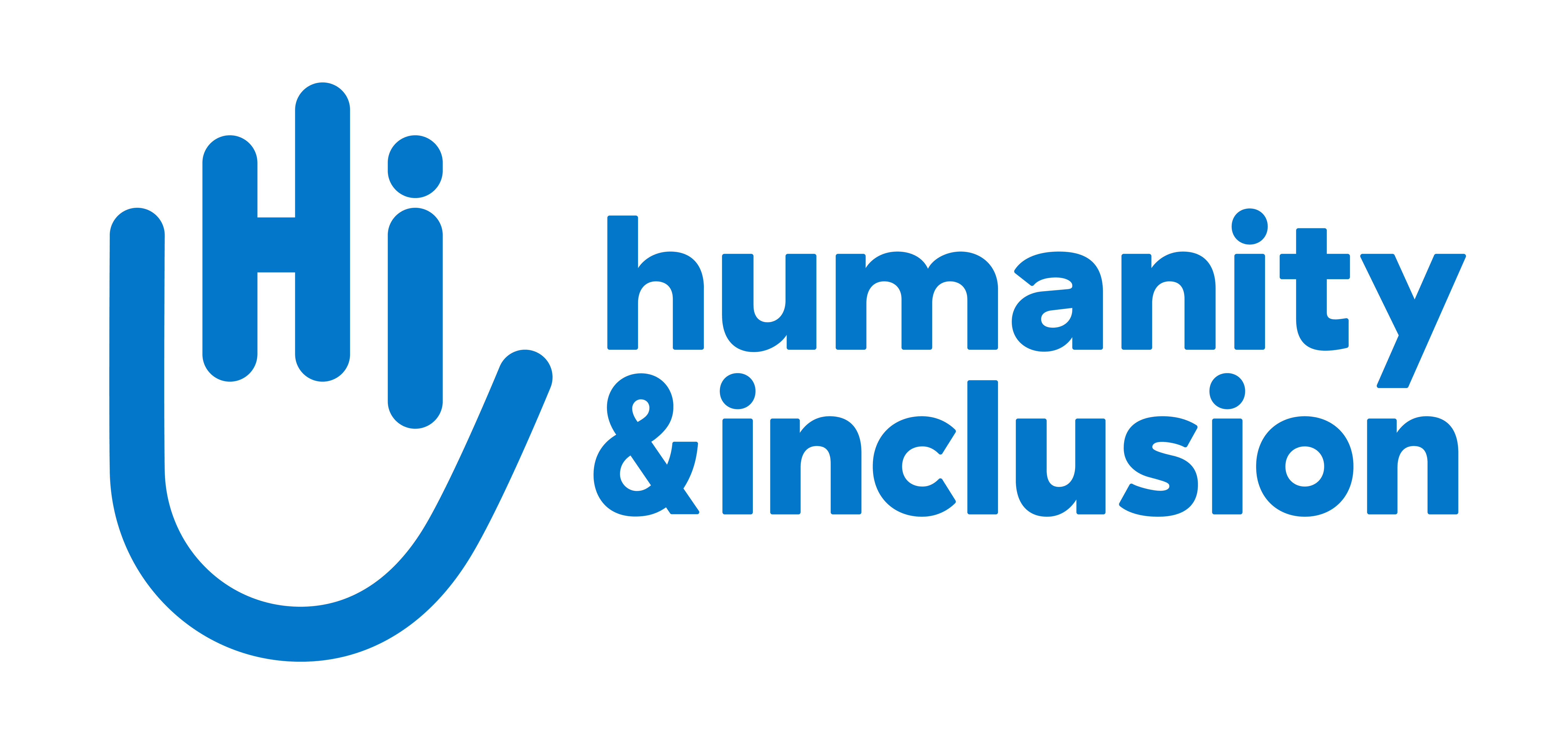The Convention on the Rights of Persons with Disabilities opened the way to equality
Adopted ten years ago by the United Nations, the Convention on the Rights of Persons with Disabilities has since been ratified by 168 States, including Canada. The Convention marked a major step forward in disability rights. However, people with disabilities still suffer serious and multiple discriminations. To mark the International Day of Persons with Disabilities on December 3rd, Handicap International is calling on States to meet their commitments under the Convention and to immediately implement measures to ensure all people with disabilities are included in society.

Sénégal | © JJ. Bernard / Handicap International
Major advances
- The International Convention on the Rights of Persons with Disabilities was adopted by the United Nations General Assembly in 13 December 2006. In ten years, it has been ratified by 168 States and is now a recognised international standard. A sign of its success, an increasing number of States include provisions on the equality of people with disabilities in their constitutions. Sixty-three percent of constitutions adopted between 2010 and 2014 include such provisions, compared with 43% between 2000 and 2009.
- The Convention on the Rights of Persons with Disabilities is a human rights treaty: it does not create new rights; it reaffirms human rights as universal and applicable to people with disabilities. People with disabilities must be recognised as people with full rights. This is the first convention on the rights of people with disabilities to be legally binding on States. It sets out their obligations to promote the rights of people with disabilities as equal under the law.
- The vision of disability as a person’s physical or mental impairment is declining; there is growing recognition that society is responsible for obstacles to the inclusion of people with disabilities. By celebrating human diversity, the Convention is calling on societies to organise themselves differently so that, regardless of their abilities or inabilities, everyone is able to exercise their basic rights and freedoms.
- Organisations representing people with disabilities are better organised and increasingly have a say in decisions affecting them: in Laos or Tunisia, the actions of these organisations have led to more inclusive policies and greater inclusion of people with disabilities in the political system in their countries. One of the priorities of the global disability rights movement is “Nothing about us without us”: no decision concerning people with disabilities should be taken without consulting them.
- The Convention has raised the profile of people with disabilities in discussions on world development programmes: in September 2015, the United Nations Assembly adopted the Sustainable Development Goals, the first global programme to end poverty on this scale to take people with disabilities into account.
But a long way to go
However, the rights of people with disabilities are regularly infringed and health, education, transport and employment services are often inaccessible to them. Many are also victims of recurrent violence due to their disability and suffer restrictions on their family life, forced sterilisation, segregation, forced medication or restrictions on their legal capacity, and so on. Some groups of people with disabilities remain more excluded than others, such as people with psychological disabilities or victims of multiple discrimination. For example, according to studies, women with disabilities are two to three times more likely to be victims of physical and sexual abuse than women who do not have disabilities.
People with disabilities are always among the poorest members of the community. They are often excluded and there are strong links between disability and poverty. Eighty percent of people with disabilities around the world live in low- and middle-income countries. This situation is unacceptable and people with disabilities must be explicitly included in anti-poverty programmes. The international community must support the disability movement to ensure its voice is heard and put forward concrete recommendations on their inclusion.
People with disabilities are largely ignored or inadequately taken into account in disasters. According to a 2015 Handicap International survey, 75% of disaster-affected people with disabilities do not have adequate access to humanitarian assistance.
To ensure States, funding bodies and NGOs more effectively take into account millions of people with disabilities affected by humanitarian disasters, Handicap International, with several partner organisations, launched the Charter on the Inclusion of Persons with Disabilities at the World Humanitarian Summit in May 2016. To date, the Charter has 138 signatories.
“The Convention has been ratified by more than three quarters of States, but we need to continue efforts to make sure they implement it,” says Priscille Geiser, manager of Handicap International’s Civil Society Support Unit. “How do you train the police and courts to record the testimony of people with disabilities who have been abused rather than consider them as “incapable”? How do you develop an education system that takes into account the actual needs of children with disabilities so that they aren’t put at the back of the class? What employment laws do you need to pass to ensure equal access of people with disabilities to the workplace? Handicap International’s projects aim at assisting funding bodies, governments, services and civil society to promote the inclusion of people with disabilities.”
To mark the International Day of Persons with Disabilities and celebrate the end of the year, Handicap International Canada organizes an online auction to treat yourself and repair lives!
Handicap International and the advancement of the rights of people with disabilities
Handicap International provides support to funding bodies, governments and NGOs to promote the inclusion of people with disabilities in society, by building their capacities in the field of inclusive education, inclusive employment, humanitarian response, functional rehabilitation, social inclusion, and so on. The organisation supports the development of disabled people’s organisations to ensure they effectively advance their rights. Handicap International has formed partnerships with more than 400 disabled people’s organisations locally, nationally and regionally. The organisation is currently implementing some 40 projects to help them organise their efforts, conduct advocacy and monitor the advancement of the rights of people with disabilities.





